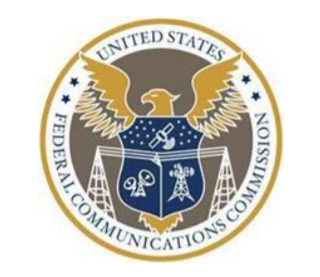The FCC proposed allowing schools and libraries to apply for funding from the Commission’s E-Rate program for WiFi hotspots and wireless internet access services that can be used off-site. As students and educators increasingly rely on remote educational tools and the online space becomes part of the classroom, the agency seeks to update E-Rate to help meet these educational needs.
“During the pandemic we saw the power of community-driven efforts to help close the digital divide. Many schools and libraries found ways to support internet access by loaning out WiFi hotspots,” said FCC Chairwoman Jessica Rosenworcel.
“Some used this agency’s Emergency Connectivity Fund to do so. The program made a great down payment on closing the digital divide, but it was a one-time effort. Now, it’s time for a permanent solution,” explained Rosenworcel. “Supporting today’s libraries and schools means updating the E-Rate program to ensure communities can learn without limits and keep connected.”
Too many students and library patrons are on the wrong side of the digital and educational divide, notes the Commission. Building off the agency’s investment in school and library connectivity through its Universal Service Fund-supported E-Rate program, the Commission is looking to modernize the program to meet today’s needs. That includes its recent decision to support WiFi on school buses and changes to ensure libraries in Tribal communities can better access E-Rate support.
These efforts come as the agency is wrapping up its implementation of Congress’s investment in education connectivity through the Emergency Connectivity Fund. The ECF program is the first-ever federal program designed to address the Homework Gap, according to the agency.
During the more than two years of ECF investment, the FCC has committed more than $120 million for the purchase of WiFi hotspot devices and nearly $1.3 billion for associated services to provide off-site broadband connectivity to students, school staff, and library patrons who otherwise would lack sufficient broadband access needed for remote learning.
Commissioners Brendan Carr and Nathan Simington dissented from the majority on the Notice of Proposed Rulemaking. Carr is concerned the agency’s on track to expand the USF program into a new funding area “without addressing some of the fundamental contributions, disbursement, and oversight concerns that I and others have been raising for years now. We cannot continue to spend other peoples’ money in this way without a real conversation at this agency about reform.”
Carr and Simington also opposed the majority’s recent efforts to expand E-Rate to pay for WiFi on school buses, Inside Towers reported. They said no studies have been done to see if students actually use it where it exists now. Concerning this latest proposed E-Rate change, Simington calls it a waste of money, since “federal government already subsidizes home and mobile internet service through affordability programs like ACP and Lifeline.” He also notes that 95 percent of teens have access to a smartphone and most of those support mobile hotspot capability. “This is a solution—a very expensive solution—in search of a problem.”
By Leslie Stimson, Inside Towers Washington Bureau Chief





Reader Interactions